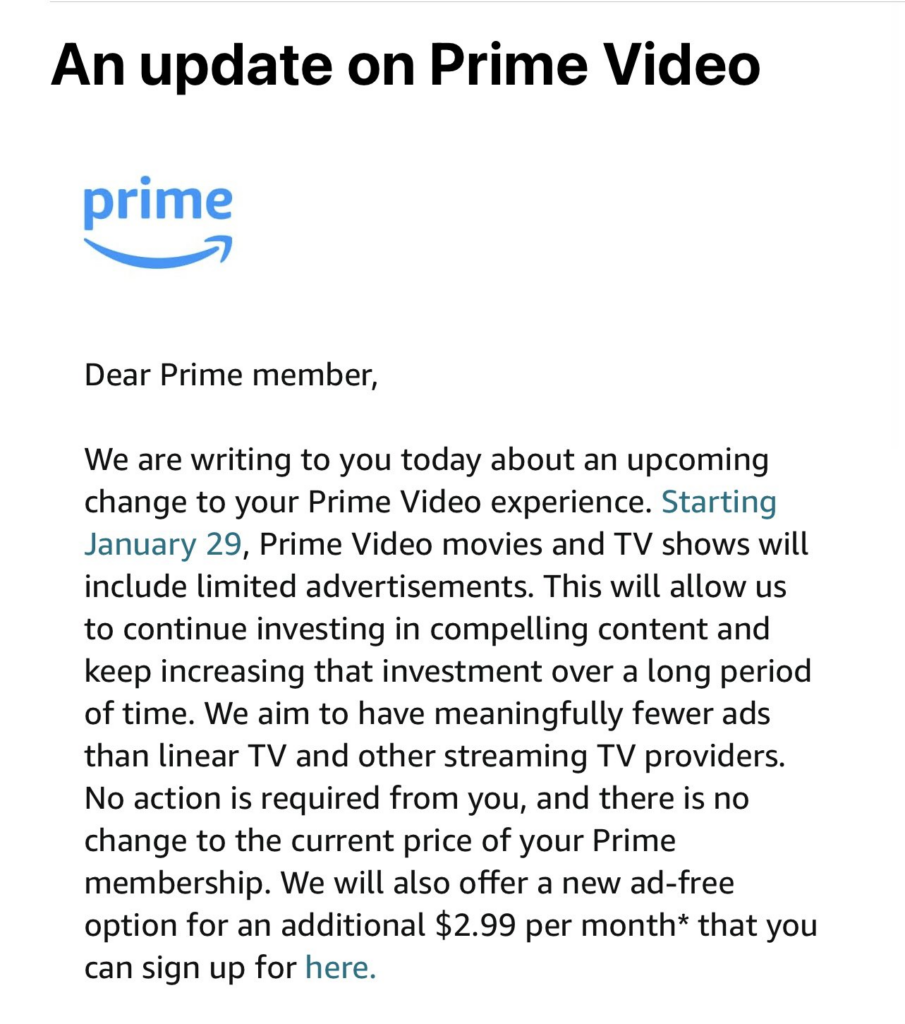8 tips for acing your subscription pricing strategy

Price is the biggest lever for any subscription company, but most companies don't have a pricing strategy... At least that's what Florian Bauer says who, with his consulting company Vocatus, has been helping companies find the right prices and packages for 25 years. Instead, decision-makers often trust their gut feeling, copy their competitors' prices or add a percentage to their costs. In this episode of Subscribe Now, Florian explains why none of these are good ideas and how you can do it better.
1/ Communicate weekly instead of monthly prices
Whether a subscription costs €5 per week or €20 per month makes a difference. Florian sees three reasons for this:
- Customers see the weekly prices as more flexible because it suggests that they can cancel at any time
- €5 is a more of an everyday amount for which people have more comparable values in everyday life (a cappuccino with oat milk in a fancy coffee shop, for example)
- And lastly, it's also an inconspicuous price increase, after all 53 x €5 = 265 € per year compared to 12 x €20 = €240
2/ Customers don't have a willingness to pay, but rather an acceptance of the price – and that can be trained
Florian likes to talk about a muscle that can be trained. You can see this difference in the comparison between Spotify and Netflix. While Netflix increases its prices in small increments almost every year, Spotify remained stable for years, making the price increase much more noticeable to customers.
He therefore recommends regular price increases; an annual increase of one euro is more acceptable than an increase of three euros after three years.
3/ Keep it simple, especially on the paywall
Experiments have shown that high complexity is more harmful to conversion rates than a higher price. Florian emphasizes that you always have to deeply understand the decision-making context.
While customers search for a suitable package in the subscription shop and can also deal with a larger selection there, a paywall should only ask one question: Subscribe or not?
4/ Make yourself independent of competition
Many companies base their pricing on their competitors instead of their customers. Florian thinks this is a mistake because customers usually don't know the cost of competitors' subscription (at least when making cheap purchasing decisions) and, ultimately, the products aren't identical anyway.
Instead, you should understand the value of your product for specific buyer segments and set prices based on quantitative and qualitative research.
5/ The five decision types
Vocatus works with a typology of 5 behavioral economics effects that have been examined in international studies and across various industries:
- Bargain Hunter: enjoys searching & comparing, and loves discounts and extras
- Price Accepter: is enthused by products and often spends more than they'd originally planned
- Risk Avoider: is a cautious consumer who is afraid of being taken advantage of
- Routine Buyer: is loyal and has a great deal of trust in specific brands and products
- Indifferent Buyer: isn't interested in comparing products or prices, but is looking for a quick solution
People's purchasing decisions depend not only on the product but also on the context – and this is something that you as a company can also actively influence.“
In order to understand the impact of a price increase, you first need to know which decision types are represented in your audience and how strongly the new price affects them. If the majority of customers are indifferent, a price increase is not a problem. If the customers are mainly bargain hunters, it may be worthwhile to accompany the price increase with discount campaigns.
6/ Give customers (the feeling of) control
Customers don't want to be presented with a fait accompli. If the price is increased significantly in the short term, their confidence decreases. Instead, in some cases, it's worthwhile to announce price increases early, as well as offer customers alternatives.
One option is that they still have the chance to lock in the old price before the increase and thus secure a longer-term discount, or offer them an alternative package that remains) at the same price if they give up a bit of service.
The best example is currently Amazon Prime Video: Instead of increasing prices, users will soon receive advertising. If you want to buy your way out of this, you have to pay an extra €2.99.

7/ Be careful with discounts when canceling
Many providers offer strong discounts in the cancellation process. This is common with mobile phone providers and some streaming providers, for example, but Florian advises against rewarding customers for canceling.
In the short term, these measures are usually very successful and reduce churn, but in the long term they encourage customers to cancel regularly and weaken their price acceptance.

8/ Price can become a lock-in effect
It's often frustrating for loyal existing customers to see that new customers are lured in with large discounts when they themselves are seemingly ‘punished' for their loyalty. This effect can be reversed by offering existing customers long-term price guarantees.
This effect is familiar to renting an apartment: in a big city, no one wants to give up an old contract because an equivalent apartment now costs significantly more. Of course, prices have to rise with inflation and you can't ruin your ARPU with price guarantees, but at the right price level, the longer shelf life compensates for the lower sales in the long term.
You can find out more about lock-in effects here.
Find the original article and subscribe to Lennart's podcast, Subscribe Now, in German here.
